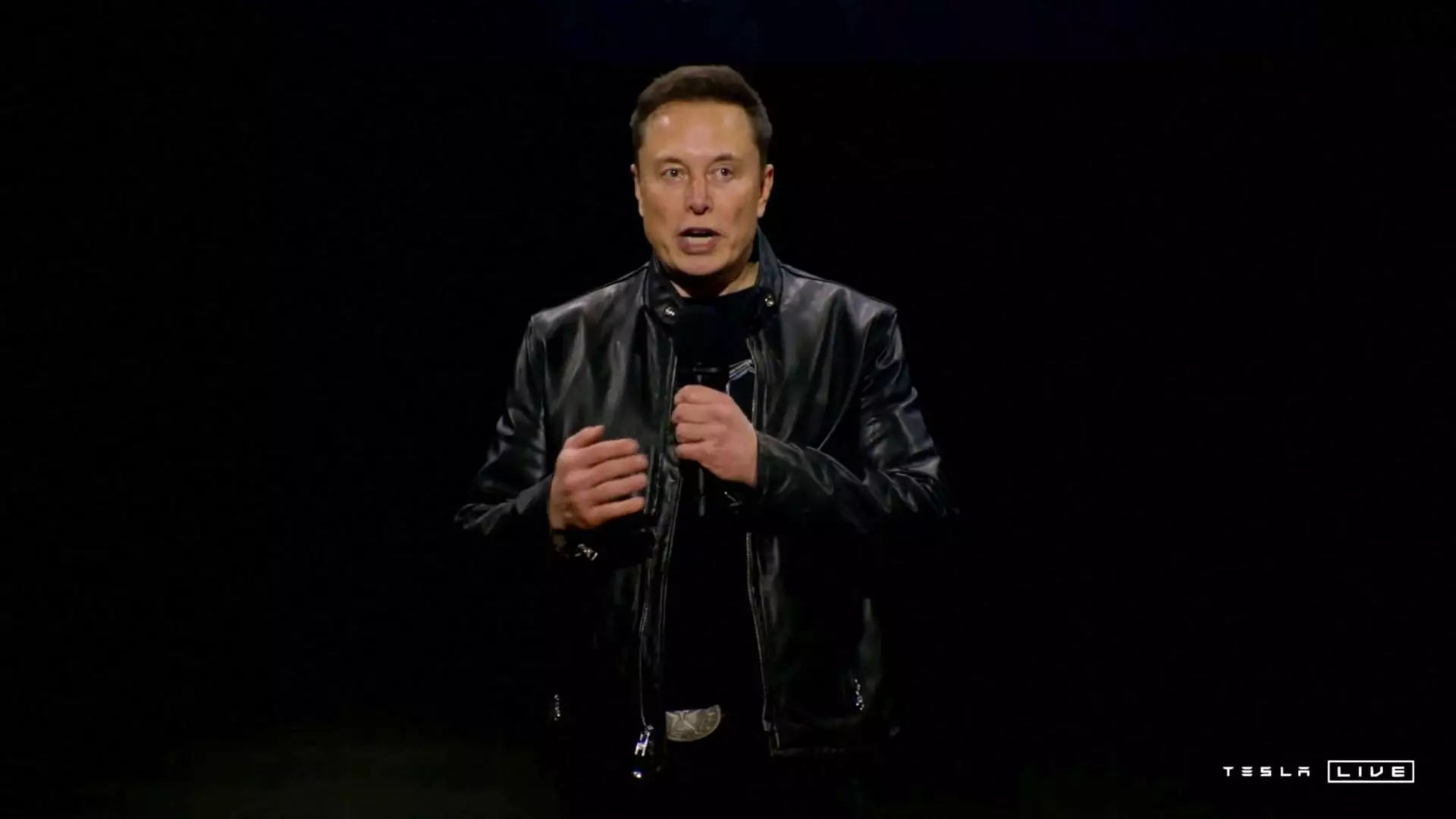Tesla’s recent quarterly performance report for Q4 2024 presents a mixture of achievements and emerging challenges. The figures released indicate that the company delivered 495,570 vehicles in the fourth quarter, with a total production of 459,445 for the same period. Over the entire year, Tesla recorded 1,789,226 deliveries, alongside an annual production count of 1,773,443. While these numbers seem formidable at first glance, they highlight a significant shift within the company, marking Tesla’s first annual decline in delivery figures since its inception. This analysis will dissect these developments, look into the implications for Tesla’s future, and assess the competitive landscape.
The stark contrast between Tesla’s delivery figures in 2023, which reached 1.81 million, and the subsequent drop one year later raises questions about demand elasticity in the electric vehicle (EV) sector. The company’s fourth-quarter delivery results fell short of various analysts’ expectations, which had projected numbers closer to 504,770 units. This shortfall resulted in a marked decline in Tesla’s stock, which saw shares plummet by up to 7% following the announcement.
Tesla’s deliveries serve as a proxy for its sales velocity, though the lack of a precise definition complicates the picture for investors. Notably, discrepancies between projected and actual delivery numbers may impact investor confidence and the company’s narrative amid increasing competition in the EV market. Even though Tesla’s stock had experienced a remarkable rally over the year, the reported decline indicates volatility that could deter potential shareholders.
One of the critical factors impacting Tesla’s performance may be attributed to Elon Musk’s increasing involvement in political activities, particularly surrounding the campaign for President-elect Donald Trump. Musk, who is not a stranger to controversy, reportedly invested around $277 million in the campaign and pursued advisory roles within the expected administration. This involvement raises concerns that Musk’s attention to Tesla’s core operations could wane, and some industry experts believe that this distraction may have affected his leadership focus during a critical time. The exact influence of these external engagements on production and delivery goals will remain unclear until the results of the next fiscal quarter are unveiled.
Tesla’s dominance in the domestic and global EV markets is increasingly pressured by a plethora of competitors. Established automotive giants like General Motors and Ford are rapidly ramping up their EV lineups, while newcomers such as Rivian continue to challenge Tesla’s market share. In China, Tesla’s performance is faltering, as domestic rivals such as BYD are capturing a larger share of the growing EV market. The data indicates a worrying trend for Tesla, where registrations in Europe dropped significantly by 14% through the year, signaling an urgent need for strategic recalibration.
Moreover, Tesla’s inventory issues and price cuts on popular models, including the Model Y, suggest that the company is grappling with market dynamics that it has yet to fully navigate. Patrick George of InsideEVs highlights Tesla’s struggle with the operational complexities inherent in being a traditional car manufacturer. The assembly line outages for the Cybertruck serve as a reminder that merely having a groundbreaking product does not guarantee market success.
Despite the challenges ahead, there are pivotal opportunities for Tesla. Musk has indicated on earnings calls that the company is ushering in plans for more affordable models and autonomous vehicles by 2025, aiming for growth rates between 20% to 30% compared to 2024. This pivot has the potential to realign Tesla with its growth story, addressing concerns over high-priced vehicle segments dominated by competitors.
Furthermore, Tesla’s investment in technology — including advancements in robotics and chip development — positions it favorably for future innovation. However, the execution of these plans is crucial. Investors will be watching closely to see if the ambitious targets can translate into tangible results in a market characterized by rapid evolution and consumer preference shifts.
In sum, Tesla’s Q4 2024 results underscore a transitional phase for the company. While the brand remains a formidable leader in the EV sector, the recent downturn in delivery numbers offers a sobering look at the headwinds affecting its operations and market performance. The emergence of competent competitors, alongside challenges posed by external distractions, necessitates a renewed focus on core operations and market adaptability. As Tesla charts its path forward, it will be pivotal for the company to harness its innovative spirit while addressing the pressing challenges it faces in an increasingly competitive landscape. The next quarters will likely provide further clarity regarding how well Tesla can adapt and thrive in an evolving global automotive market.

